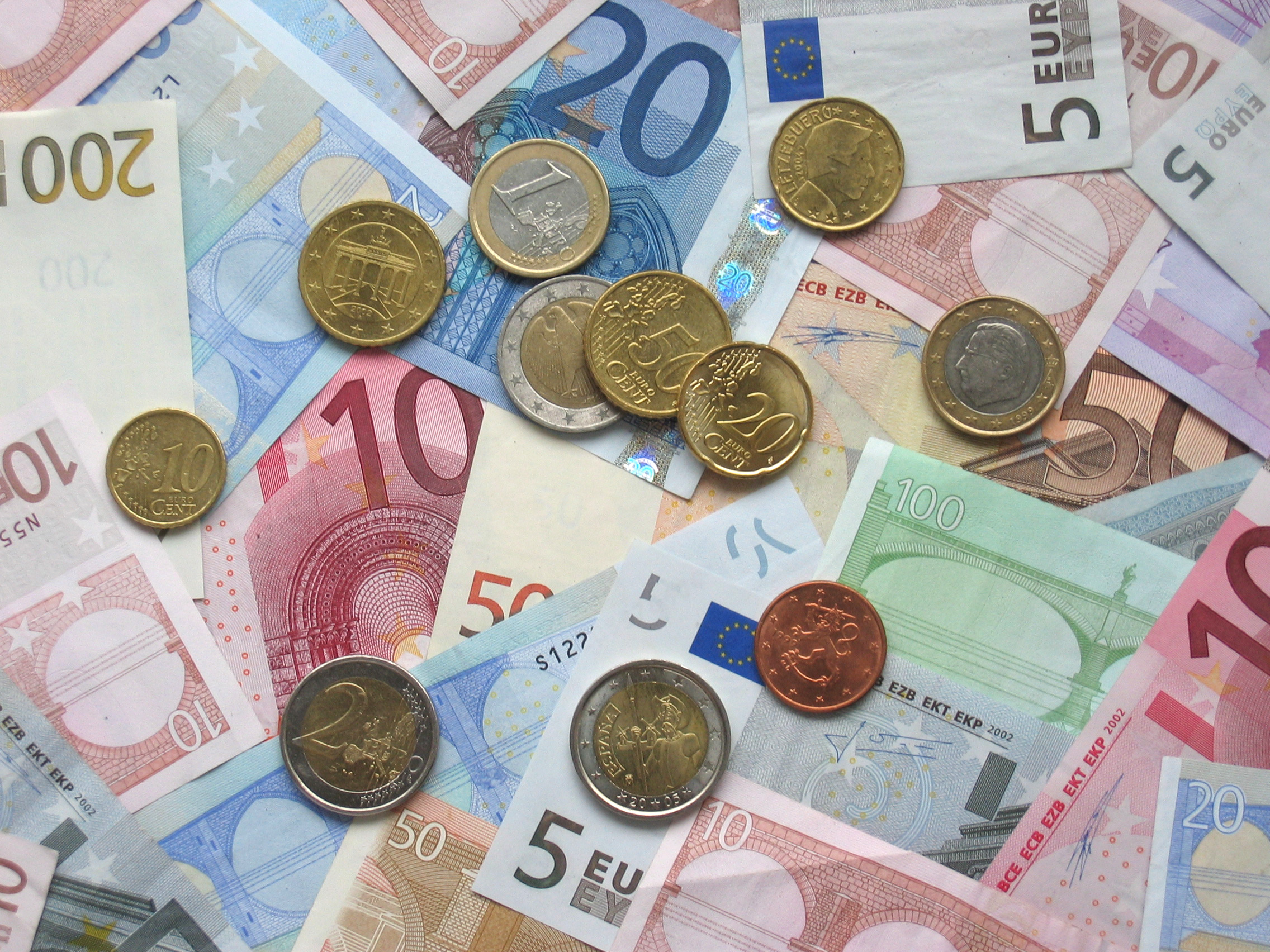The European Single Currency, euro, soared half a percent on Wednesday, January 31, and was on track for its biggest monthly rise in nearly two years as firm euro zone inflation data for January kept expectations alive for a swift withdrawal of the central bank’s stimulus policies.
Though the European Central Bank last week kept policy unchanged and fended off discussions of winding down its massive stimulus programme any time soon, that hasn’t prevented some investors from expecting an interest rate hike in the first quarter of 2019.
Underlying inflation, excluding food and energy, – a key measure studied to gauge price pressures in the 19-bloc zone – actually accelerated to 1.2 percent in January from 1.1 percent a month earlier but broader price gauges slowed.
“From all accounts, Europe continues to do well, as (is) evident from a strong structural balance, and that has kept investors happy to buy eurozone assets,” said Robin Winkler, an FX strategist at Deutsche Bank in London.
European funds have seen more than $22 billion of equity inflows so far in January, after cornering a third of all flows last year across major regions, according to flows data indicating the underlying optimism about the outlook.
Tuesday’s preliminary data showed the euro zone economy expanded at its fastest rate in a decade in 2017, with sentiment remaining high at the start of 2018 despite a slight dip from a 17-year peak.
Despite the near 4 percent rally in the euro so far this month, the currency remains broadly undervalued on a trade-weighted basis on long-term averages.
On Wednesday, the single currency climbed half a percent to a high of $1.24630 after the inflation data.














